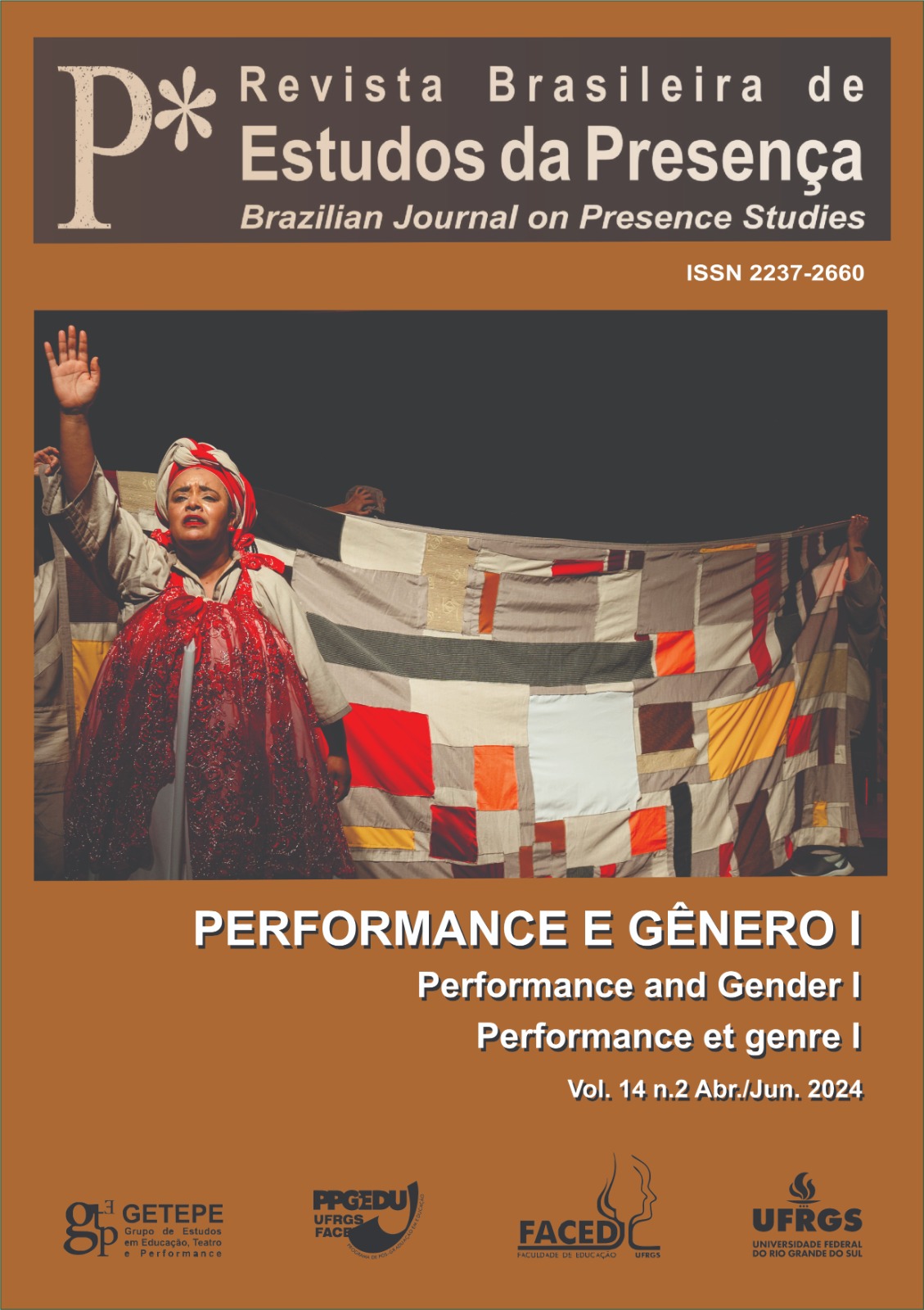Transcestrality, Travestiland, Traviarchy:
the stage and gender dissidences in Brazil
Keywords:
Travestis, Performing Arts, Sociocultural Mediation, Gender DissidencesAbstract
Transcestrality, Travestiland, Traviarchy: the stage and gender dissidences in Brazil – This article aims to put into historical perspective the relationship between the arts (especially performing arts) and travestilities in Brazil since the beginning of the 20th century. Based on a literature review that included both academic works and non-academic documents, the study identifies three patterns (or paradigms) experienced by travesti artists in what refers to their insertion in society: transcestrality, travestiland, and, more recently, traviarchy. This allows a better interpretation and understanding of the role played by the current generation of these artists: if on the one hand they fuel social change with a work which is both artistic and political, on the other this role can only be understood as the result of a historical process, in which the importance and contribution of artists from the other two paradigms must be also recognized.
Downloads
Downloads
Published
How to Cite
Issue
Section
License
Copyright (c) 2024 Brazilian Journal on Presence Studies

This work is licensed under a Creative Commons Attribution 4.0 International License.
Readers are free to transfer, print out and use the articles published in the Journal, as long as there is always explicit mention to the author(s) and to the Revista Brasileira de Estudos da Presença and as long as there is no alteration of the original work. Any other use of the texts needs to be approved by the author(s) and by the Journal. By submitting an article to the Revista Brasileira de Estudos da Presença and having it approved, the authors agree to assign, without compensation, the following rights to the Journal: the rights of first publication and the rights to redistribute the article and its metadata to the indexing and reference services that the editors deem appropriate.
 This journal use a Licença de Atribuição Creative Commons.
This journal use a Licença de Atribuição Creative Commons.

















